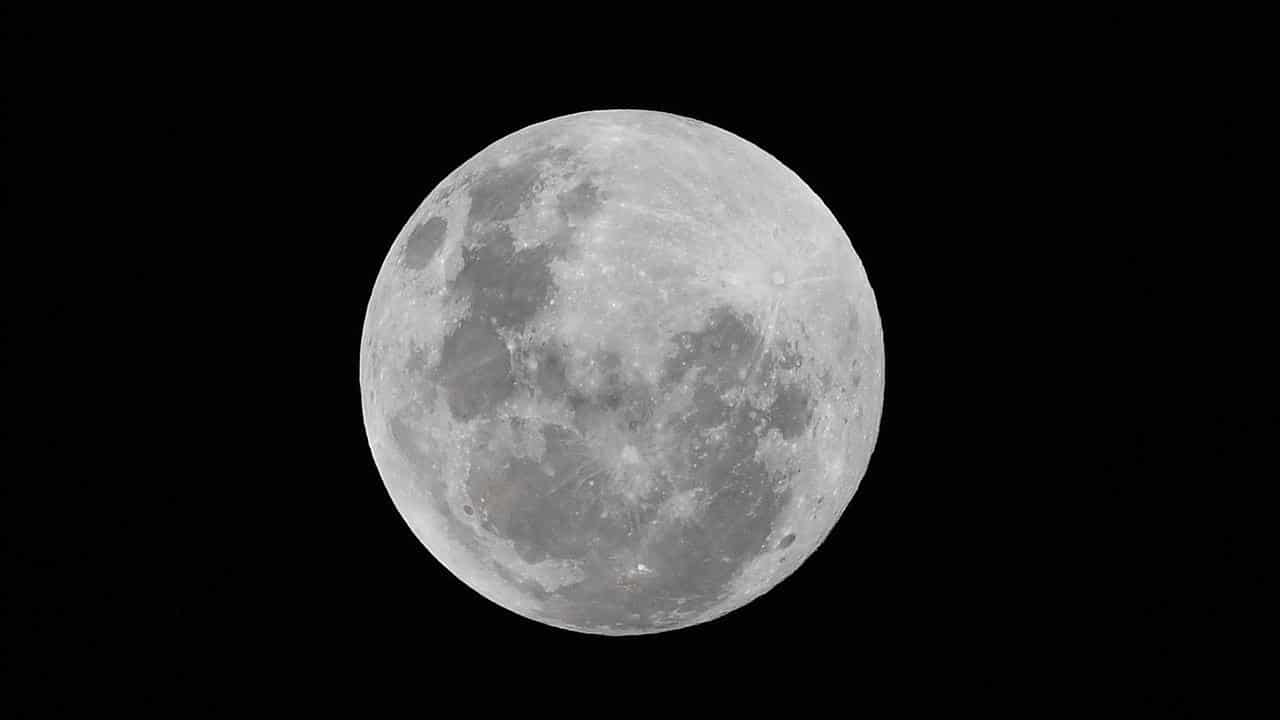
An Australian space exploration company is close to deploying a device to the moon that could help pave the way for future missions to Mars.
Fleet Space Technologies has won a $4 million grant from the Australian Space Agency for its miniature seismic station that will record data from the lunar surface for up to 14 days.
It will be launched on board a commercial lander with its destination within the Schrodinger Crater.
The company is aiming for a 2025 blast-off and, if achieved, the device will be the first Australian technology to touch down on the moon.
It will remain tethered to the lander for power and communications and will use its ultra-compact systems to record information about the lunar crust to a depth of one kilometre.
The project aims to demonstrate the ability to produce miniature geophysical devices for future lunar and Martian geophysical exploration missions.
For such missions, finding a range of minerals will be critical.
Fleet chief exploration officer Matthew Pearson said the project would help the company continue to pursue innovative ways of improving the space industry.
“Fleet is currently deploying several direct-to-satellite seismic arrays and intends to leverage this earth capability into a device suitable for lunar and Martian environments," he said.
"The solution is non-invasive and super scalable and can potentially be mounted to mini rovers for future missions."
Australian Space Agency boss Enrico Palermo said the grant to Fleet would help the company break into new markets and supply chains and take their Australian technology to the world.
"That will help them to grow, keep their ideas in Australia and generate more employment opportunities here," he said.









